Courses

Friendly Shakespeare
by Todd Espeland
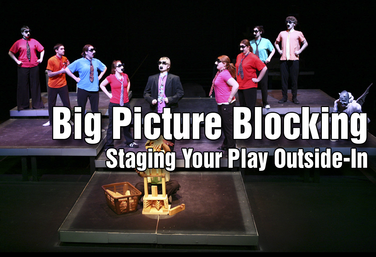
Big Picture Blocking: Staging Your Play Outside-In
by Todd Espeland
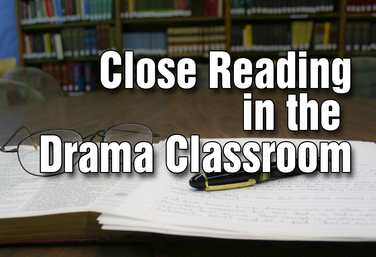
Close Reading in the Drama Classroom
by Lindsay Price
Units
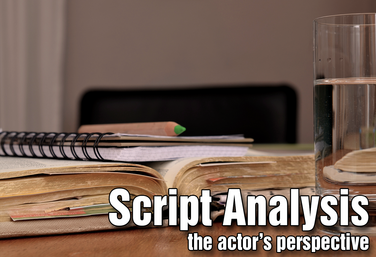
Script Analysis: The Actor's Perspective
by Karen Loftus
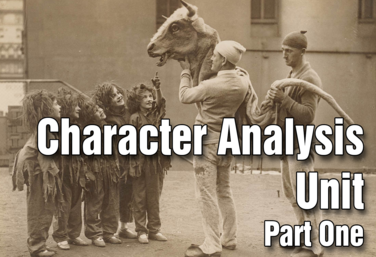
Character Analysis - Part 1
by Matt Webster
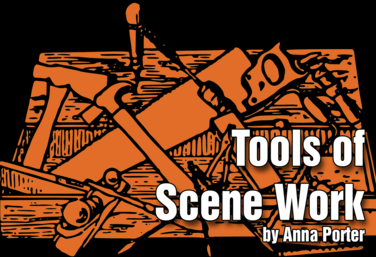
Tools of Scene Work
by Anna Porter
Lesson Plans
Show and Tell Switch
by Anna Porter
Reflection in Role: Character Development Through Script Analysis
by Lindsay Price
Tactic Fairies
by Anna Porter
Stage Management: Know the Details
by Anna Porter
Images on Stage: War Posters
by Lindsay Price
Objectives
by Elisabeth Oppelt
Introduction to Close Reading
by Lindsay Price
Themes in the Crucible: A Good Reputation
by Lindsay Price
Introduction to The Bald Soprano: Cliché and Stereotype Exercise
by Lindsay Price
Themes in The Glass Menagerie: Traps vs Escapes
by Lindsay Price
Compare and Contrast: Adaptation
by Lindsay Price
Compare and Contrast: Theatre spaces
by Lindsay Price
Research Project: Acting Teachers
by Todd Espeland
Audience Etiquette
by Lindsay Price
Writing a Reflective Review
by Lindsay Price
Writing a Review: Introduction
by Lindsay Price
What is a Monologue: Analysis
by Lindsay Price
Emergency Lesson Plan: Compare and Contrast (Shakespeare)
by Lindsay Price
Character Analysis - Musical Theatre Version
by Annie Dragoo
Character Analysis – Play Version
by Annie Dragoo
A Podcast Musical Analysis
by Annie Dragoo
Close Reading: 21st Century Issue Play
by Lindsay Price
Compare and Contrast: "To Be or Not To Be" on Film
by Lindsay Price
Emergency Lesson Plan: Prose vs Drama
by Lindsay Price
Analyzing a Play Through Socratic Seminar
by Annie Dragoo
The History of Blackface in Theatre
by Quincy Young
Play Analysis of The Post Office by Rabindranath Tagore
by Quincy Young
Close Reading Analysis of It's Always Loud in the Balcony
by Drama Teacher Academy
The Black Arts Movement
by Quincy Young
Resources
Analysis and Exercise - Our Town
Analysis and Exercise - A Streetcar Named Desire
Analysis and Exercise - Death of a Salesman
Analysis and Exercise - All My Sons
Script Analysis for Student Actors
Script Analysis For Actors: Action Words
Analysis and Exercise: A Raisin in the Sun
There are no small parts, only small choices
Close Reading Pre-Study Exercise

Drama Teacher Tune-Up 2
Bloom's Taxonomy Action Words
One Question and Rubric: Shakespeare
Character Maps
One Question and Rubric: Tennessee Williams
A Midsummer Night's Dream Tic Tac Toe
Poster: Structural Elements of a Script
What are the Structural Elements of a Script
Compare and Contrast (Ancient Greek)
Compare and Contrast (Shakepeare)
Compare and Contrast: The Tell-Tale Heart
The Black Arts Movement
Scene Analysis: Choosing a Scene
She Kills Monsters: Reading Questions
5 -Analysis, Inference & Synthesis
- Overview
- Social Awareness
- Research, Analyze & Respond: Jagged Little Pill
- Research, Analyze & Create: West Side Story and the character of Anybodys
- The Vito Russo Test
- Monologue Character Beyond the “Norm"
- Identity Rewrite
- She Kills Monsters: Reading Questions
- Research Project: The Canceled Production
- LGBTQ+ Discussion Questions
- LGBTQ+ Playwrights & Quotes